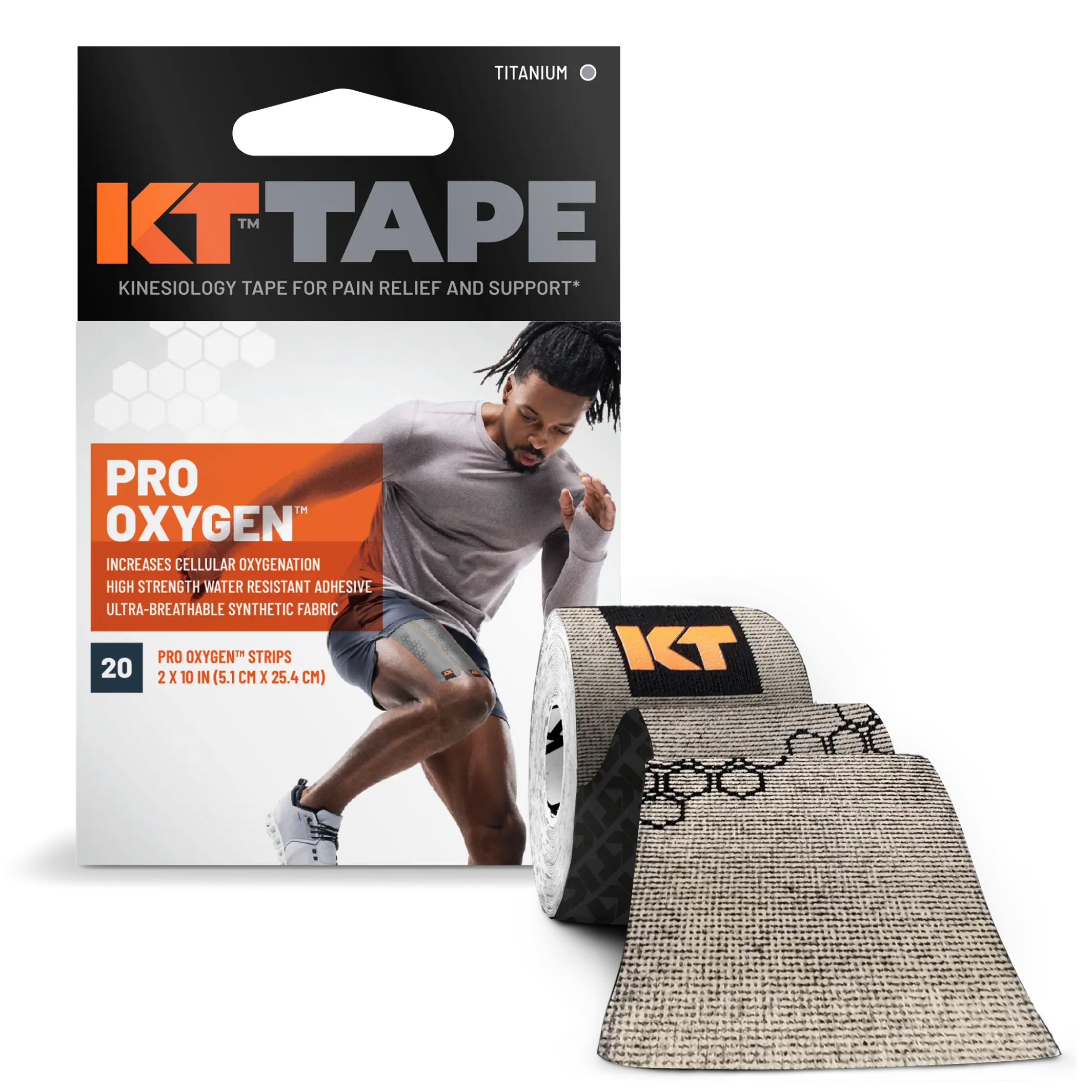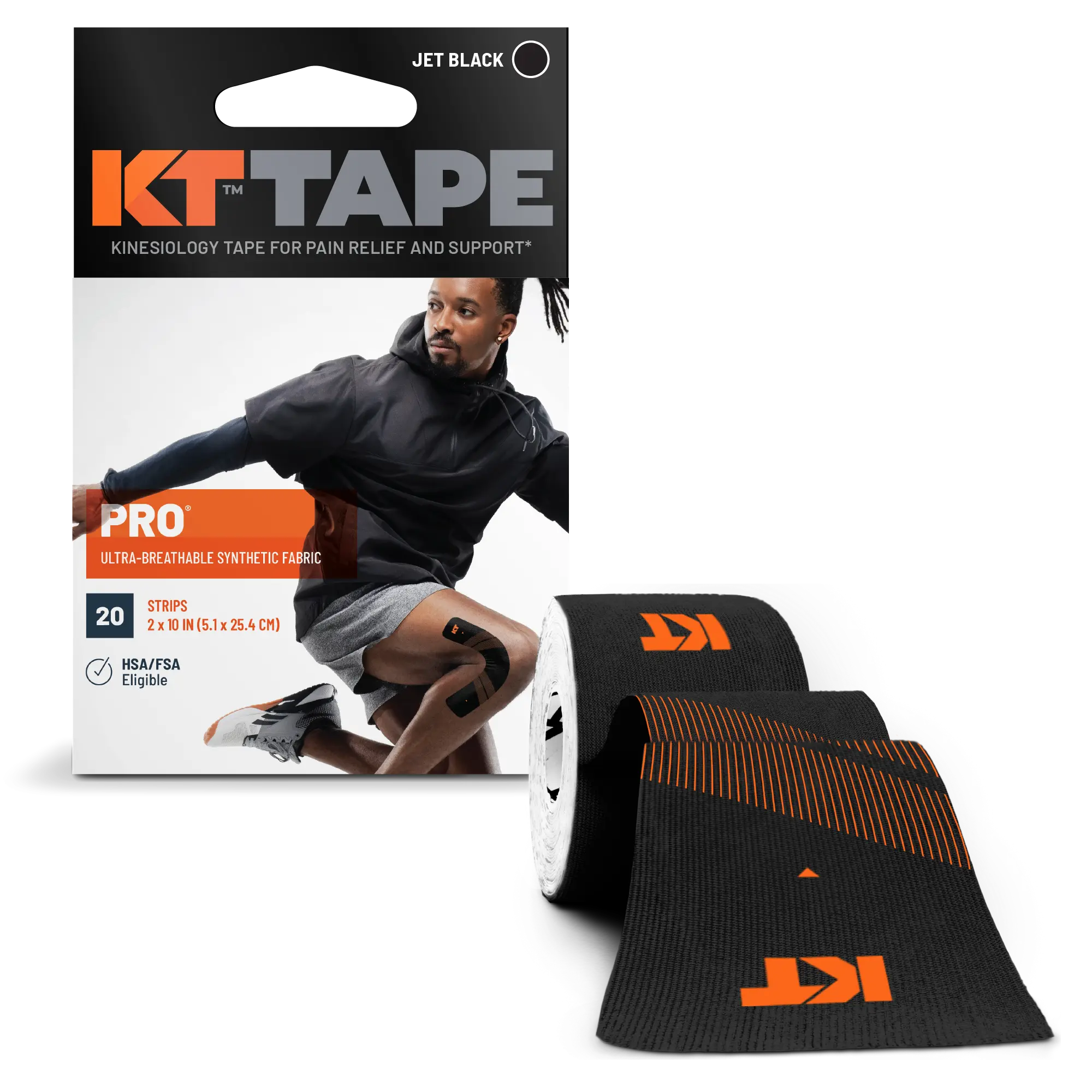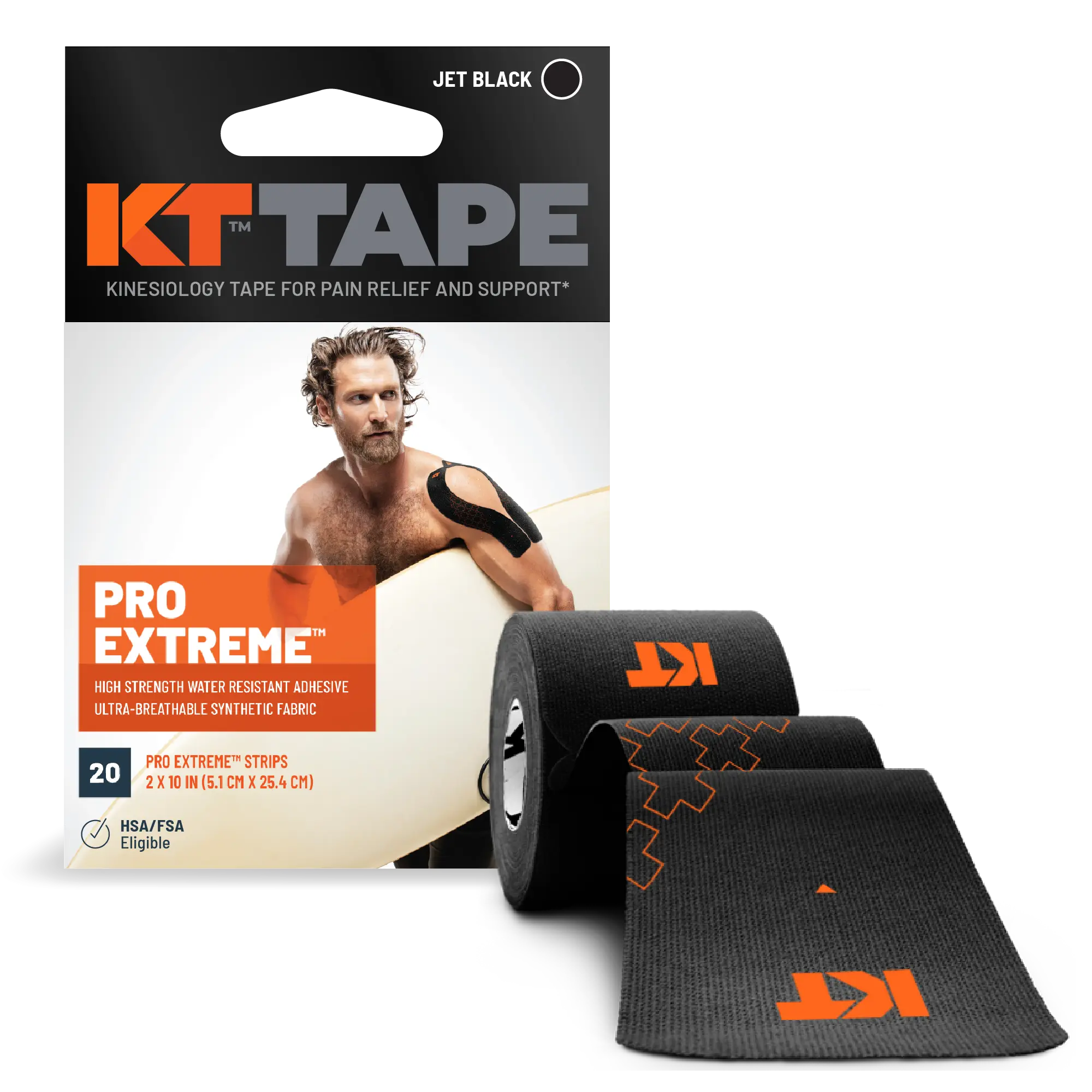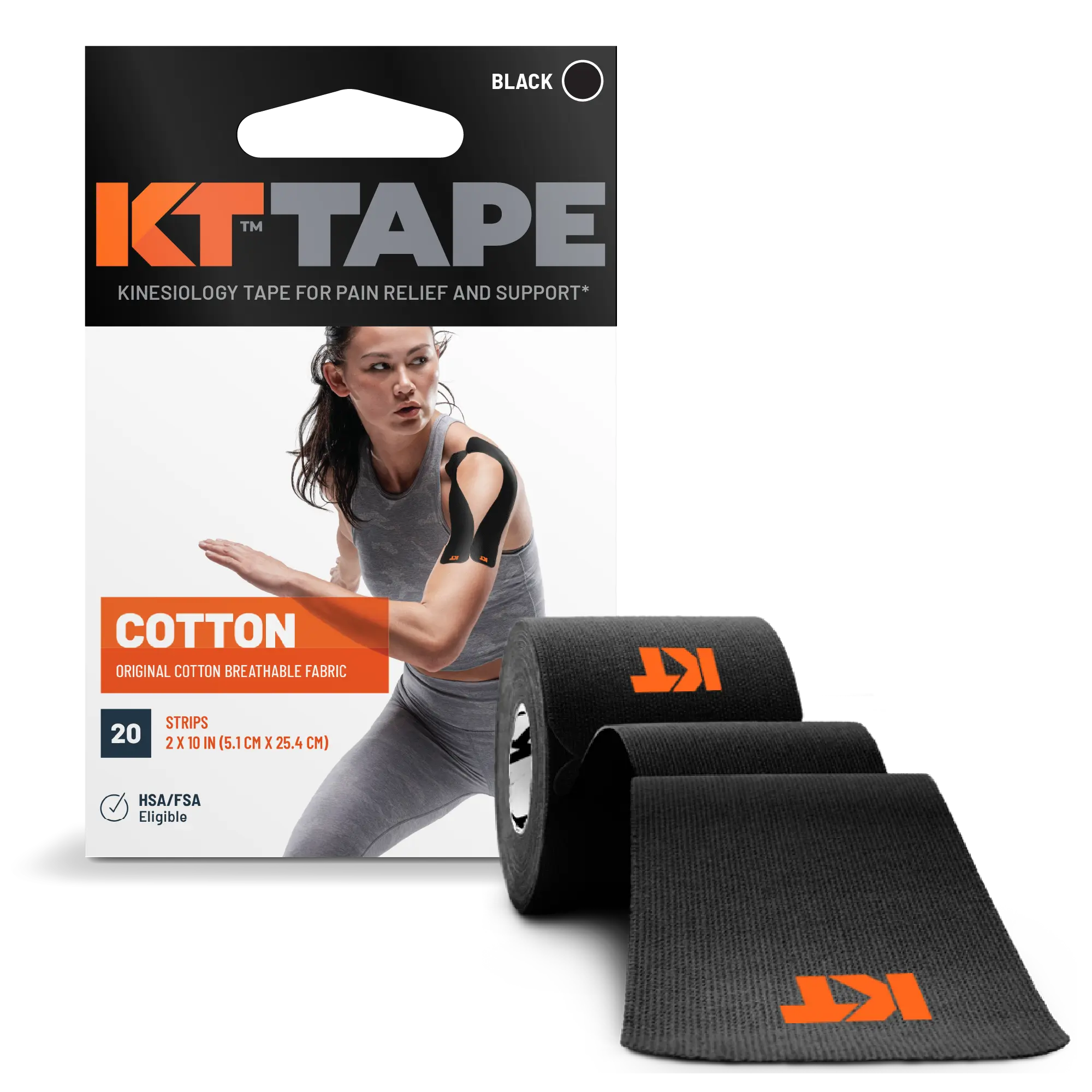- How to Apply KT Tape
- Knees
- Inner Knee
Inner Knee
The Pes Anserine (goose’s foot) is the joining of three tendons on the front and inside portion of the lower knee area. The bursae in this area allow for smooth sliding of these tendons with the medial hamstrings and the medial collateral ligament. The bursae will often become inflamed during periods of overuse and cause mild to moderate pain. The three muscles (Sartorius, Gracilis, and Semitendinosus) whose tendons insert into this area all serve to flex the knee and affect hip position. Learn how to tape knee for stability and general KT Tape inner knee application here.
The primary cause of Pes Bursitis is overly tight hamstrings that put extra pressure on the surrounding bursae. Tight quads (especially in females), a blunt force to the inside of the knee, or over-pronation while running could also be causes. A rapid increase of activity without a proper stretching regimen is likely going to cause issues with the Pes Anserine area in the form of inflammation of the bursae or minor tearing of the tendons. This condition is also often found concurrently in patients who are experiencing Osgood-Schlatter syndrome, arthritis, or tears in the medial meniscus. KT Tape for knee bursitis can help alleviate some symptoms and pain. You can also learn more about medial meniscus taping and general applications for MCL kinesio taping techniques.
Pes Bursitis will at its worst be mild to moderate pain at the inside and lower-front portion of the knee. Pain beyond this point could be a sign of stress fractures or more serious issues involving ligaments. When pain becomes more than a simple annoying pain, the individual should seek alternative means for cardiovascular training and focus on a stretching regimen for the hamstrings and quadriceps.
Inner Knee KT Tape can help reduce pain and inflammation for many common inner knee injuries*. Both results will drastically reduce pain and reduce the time to heal*. As mentioned, a complete stretching regimen for the hamstrings and quads should be put in place as well. NSAIDs, ice after activity, and alternative means for cardiovascular fitness such as swimming should also be implemented. After symptoms are gone, focus on strength training of the lower body and continued flexibility.
For additional resources, please visit the KT Tape Forum.
* NOT CLINICALLY PROVEN FOR ALL INJURIES.









